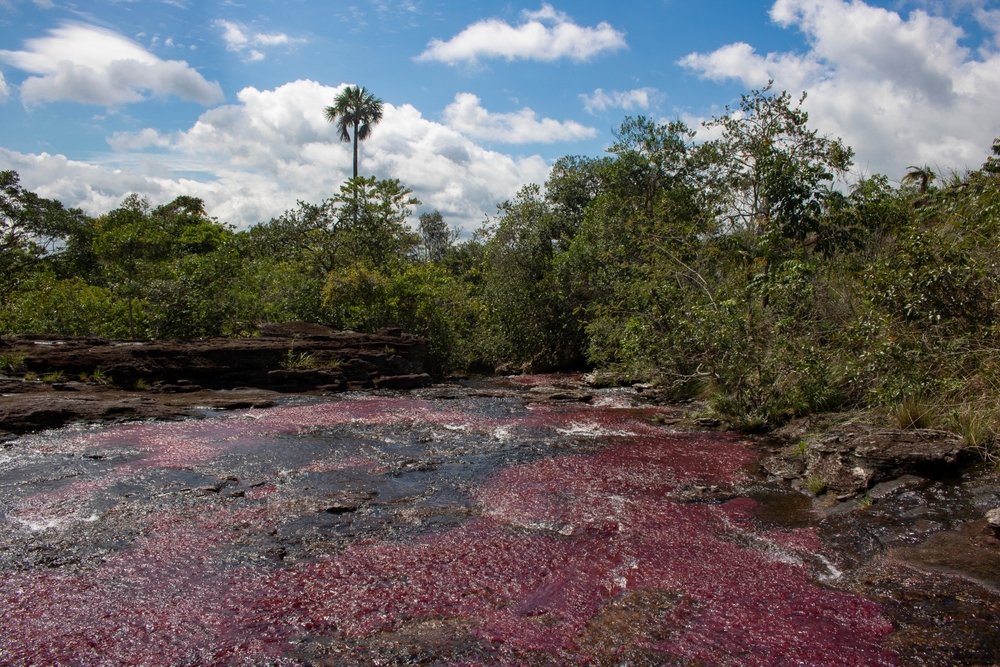Yaigojé Apaporis Overview
Yaigojé Apaporis National Park, known locally as Parque Nacional Natural Yaigojé Apaporis, is a vast protected area in the southeastern region of Colombia. Encompassing approximately 4,221 square miles (10,170 square kilometers), the park is situated in the departments of Vaupés and Amazonas, deep in the Amazon rainforest.
This remote and ecologically significant area is named after the Apaporis River, a key waterway that meanders through the park, shaping its lush and biodiverse landscapes. The park lies within one of the most pristine and unexplored regions of the Amazon, where dense rainforests, winding rivers, and waterfalls dominate the terrain.
Towering trees form a dense canopy that supports a rich variety of plant life, including giant kapok trees, palms, and an abundance of orchids and bromeliads. The terrain is characterized by vast lowland rainforests, interspersed with river systems, floodplains, and tepuis—flat-topped mountains that rise dramatically from the jungle. One of the most striking features of the park is the Jirijirimo waterfall, a stunning cascade on the Apaporis River, revered by indigenous communities as a sacred site.
The park is a stronghold for Amazonian wildlife, home to an astonishing array of species that thrive in the dense jungle and along the riverbanks. Visitors fortunate enough to explore its depths may encounter jaguars, giant otters, tapirs, and primates such as howler monkeys and capuchins. The park is also home to pink river dolphins, an iconic species of the Amazon, as well as caimans and anacondas that patrol the waterways.
Birdlife is exceptionally diverse, with macaws, toucans, harpy eagles, and hoatzins among the many species that inhabit the park’s forests and riverbanks. The symphony of birds, frogs, and insects creates an immersive natural soundscape, reinforcing the pristine and untouched quality of the region.
One of the defining aspects of Yaigojé Apaporis National Park is its deep cultural significance. The park is not only a protected natural area but also a sacred landscape for the indigenous communities that have lived in the region for centuries.
The park was created in collaboration with these indigenous groups, including the Tanimuca, Letuama, Cabiyari, and Macuna peoples, who have long served as stewards of the land. Their traditional knowledge and spiritual beliefs are intertwined with the park’s natural features, and many sites within the park are considered sacred. Visitors interested in indigenous culture may learn about traditional medicine, mythology, and sustainable practices that have allowed these communities to coexist harmoniously with the rainforest.
Due to its remote location and cultural sensitivity, access to the park is limited, making it an exclusive destination for adventurers and researchers. Guided ecotourism is the primary way to experience Yaigojé Apaporis, with activities such as river expeditions, wildlife observation, and cultural exchanges with indigenous communities.
Kayaking along the Apaporis River offers a unique way to witness the park’s dramatic scenery, while hiking through the jungle provides opportunities to discover medicinal plants and hidden waterfalls. The lack of infrastructure enhances the sense of exploration, as visitors must rely on local guides to navigate the vast wilderness.
Conservation efforts in Yaigojé Apaporis focus on preserving both the environment and indigenous traditions. The park’s designation as a national park was driven by indigenous communities seeking to protect their land from threats such as illegal mining, deforestation, and land encroachment.
Despite ongoing challenges, the park stands as a model of conservation that respects both nature and cultural heritage. Indigenous-led conservation initiatives continue to safeguard the park’s ecosystems, ensuring that its forests, rivers, and wildlife remain intact for future generations.
Park Map
Yaigojé Apaporis National Park Highlights
Share your clicks with us
Related National Parks More Colombia
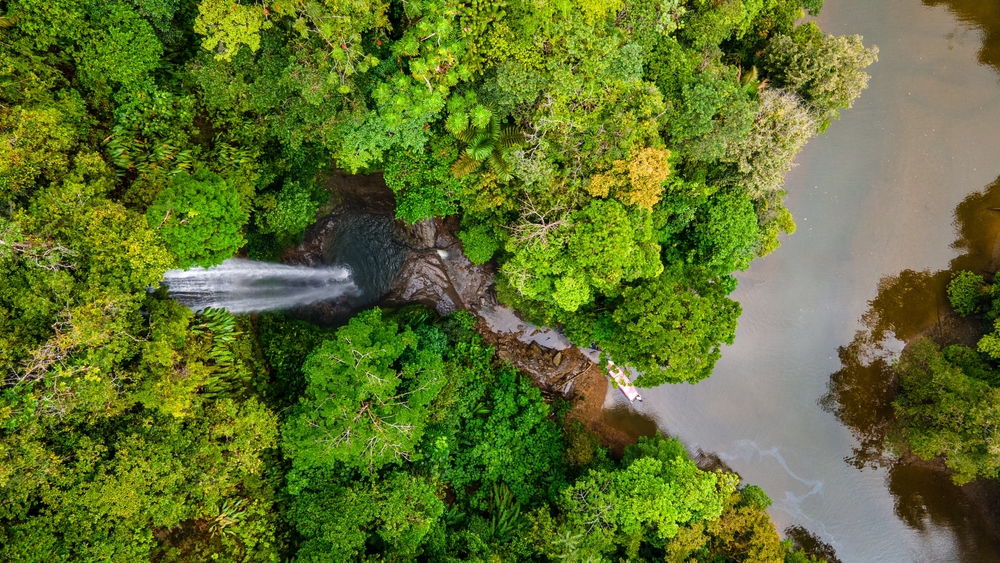
Uramba Bahía Málaga National Park
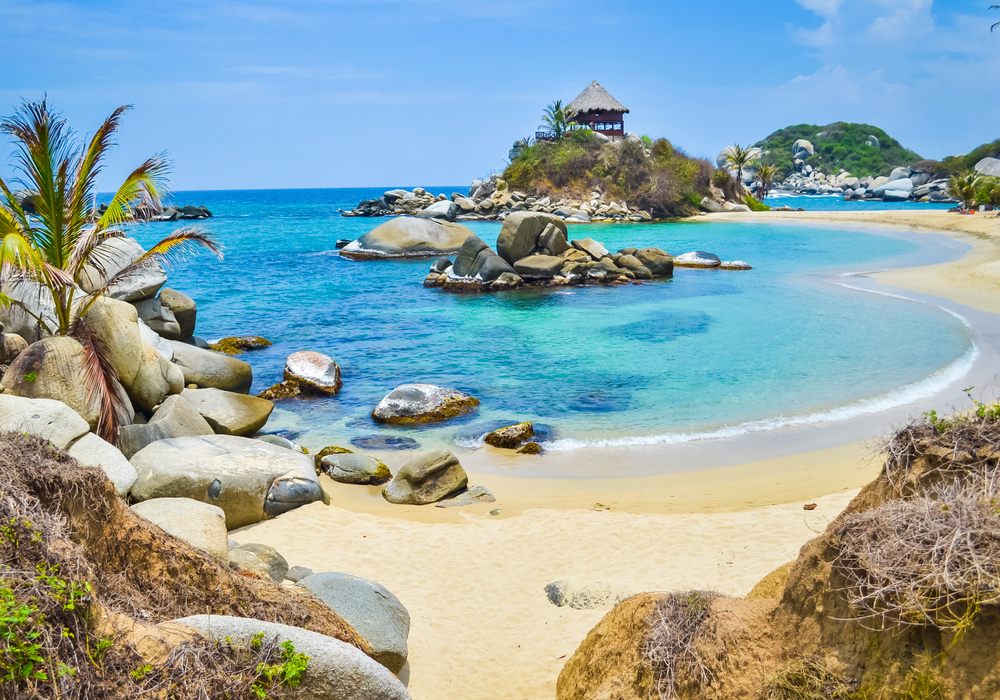
Tayrona National Park
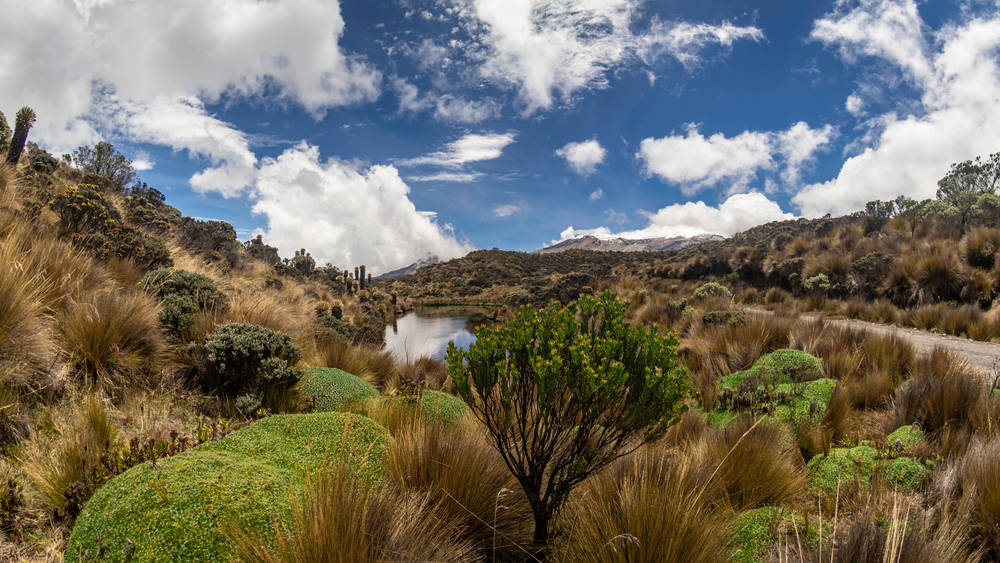
Los Nevados National Park

Los Katios National Park

El Tamá National Park
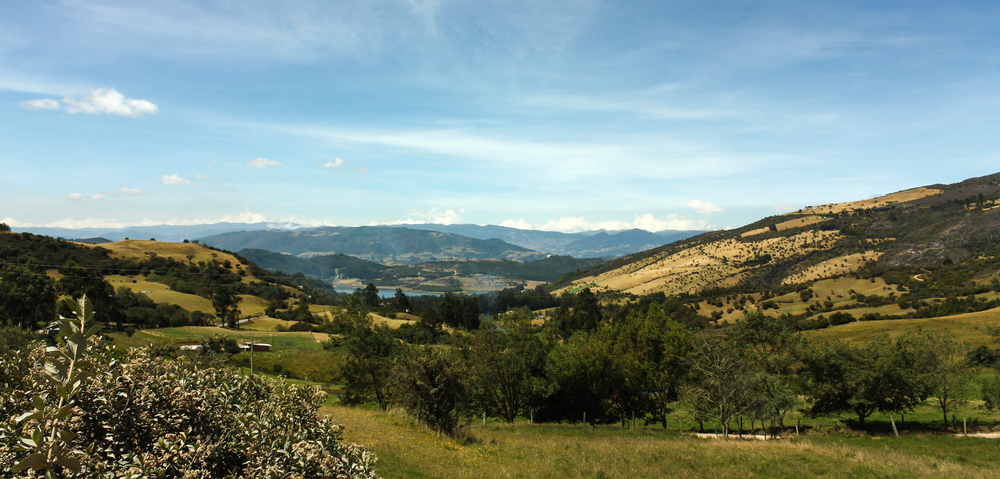
Sumapaz National Park

Sierra Nevada de Santa Marta National Park

Serranía de los Churumbelos Auka-Wasi National Park

Sanquianga National Park
